Mirrored: http://www.wearswar.com/2022/02/11/why-hitler-put-jews-in-camps-and-ghettos/
Many people question why Adolf Hitler put Jewish civilians into camps and ghettos during World War II. People often assign false reasons for why Jews were interned in these camps. For example, Dr. Christiane Northrup, a highly intelligent and ethical medical doctor, says that Hitler interned Jews because he claimed they were infecting other people with typhus.[1]
Jewish “Holocaust” historian Yehuda Bauer writes: “Part of the Nazi propaganda effort was to persuade non-Jews that the ghettoes were necessary to protect them from the Jews. Jews were said to be carriers of epidemic illnesses while non-Jews were immune to them.”[2]
In reality, Jews were interned in camps and ghettos during World War II because Jews were generally hostile toward Germany, and many Jewish partisans were actively killing German troops. In addition to ghetto fighters, Jewish civilians fled to the forests and enlisted in partisan units, carrying out sabotage and intelligence missions.[3] The authorities of the Third Reich reasoned that Jews had to be interned to protect against these sabotage and intelligence operations.
This article documents some of the Jewish civilians and groups who actively fought against the Third Reich during World War II.
Jewish Female Assassins
Jewish historian Dr. Judy Batalion, in her book The Light of Days, states that Jewish women who resisted the Third Reich were far more numerous than she had ever imagined. She writes:
At first, I imagined that the several dozen resistance operatives mentioned in Freuen comprised the total amount. But as soon as I touched on the topic, extraordinary tales of female fighters crawled out from every corner: archives, catalogues, strangers who emailed me their family stories. I found dozens of women’s memoirs published by small presses, and hundreds of testimonies in Polish, Russian, Hebrew, Yiddish, German, French, Dutch, Danish, Greek, Italian, and English, from the 1940s to today.[4]
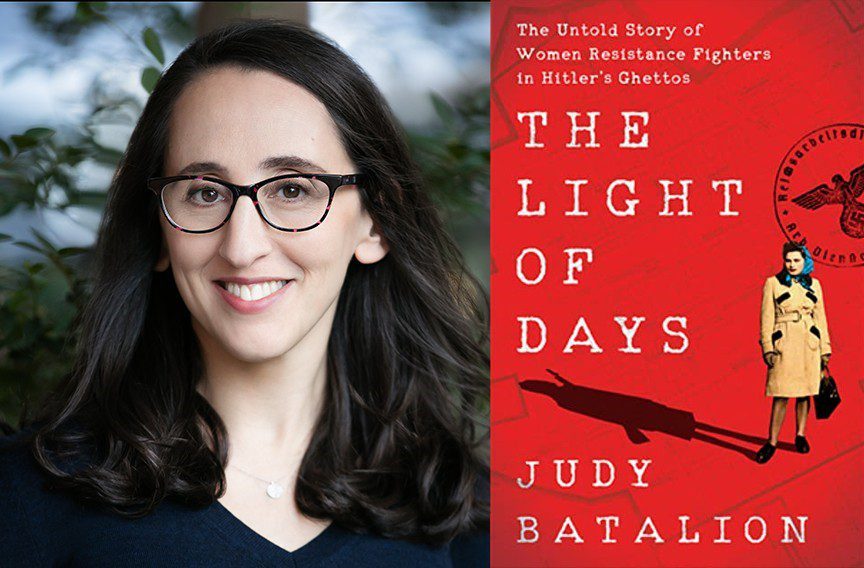
Many Jewish women used stealth and disguises to murder Germans. For example, 24-year-old Niuta Teitelbaum, from the Communist group Spartacus, wore her flaxen hair in braids, appearing like a young 16-year-old—an innocent disguise that hid her role as an assassin. She walked into the office of a high-ranking Gestapo officer, and shot him in cold blood at his desk. Teitelbaum pulled the trigger on yet another German officer while he was in bed in his own home. In another operation, she killed two Gestapo agents and wounded a third who was taken to a hospital. Disguising herself as a doctor, Teitelbaum entered the wounded Gestapo agent’s room, and murdered both him and his guard.[5]
In another instance, Teitelbaum dressed like a Polish farm girl with a kerchief in her blond hair. She walked into a German command post, smiled, and then shot an SS soldier with her pistol. Another time, Teitelbaum strolled up to the guards outside Szucha, and said she needed to speak to a certain officer about a “personal matter.” The guards showed her the way to her “boyfriend’s office,” where she pulled out a concealed pistol with a silencer and shot him in the head. She smiled meekly at the guards on her way out.[6]

For these and other acts of lethal resistance, the Gestapo nicknamed Teitelbaum “Little Wanda with the Braids,” and put her on all of its most-wanted lists. She survived the Warsaw Ghetto Uprising, but was eventually hunted down and executed a few months later.[7]
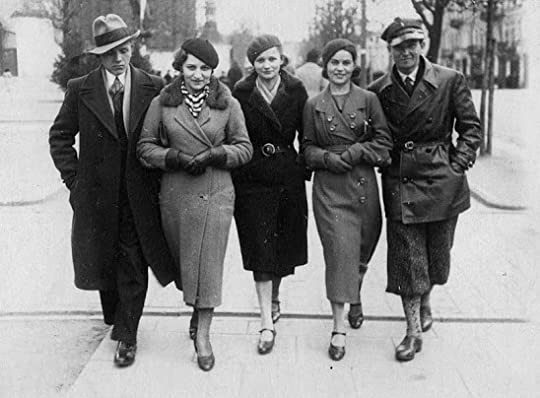
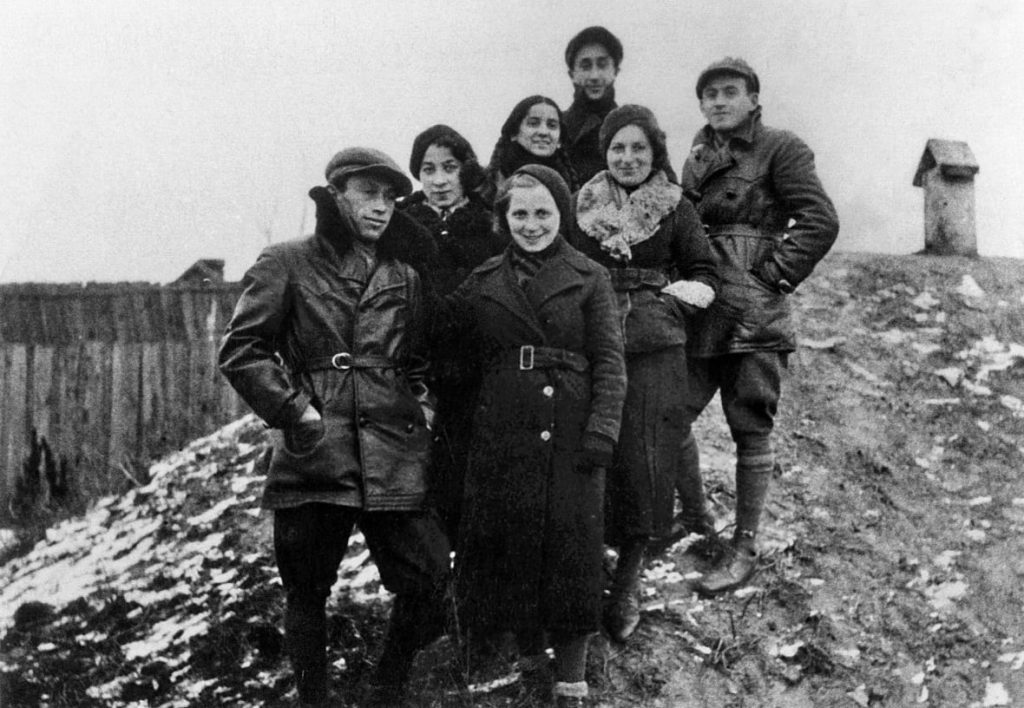
The lethal nature of the Jewish female assassins caused the Germans to take extreme measures against them. German SS commander Jürgen Stroop wrote:

They were not human, perhaps devils or goddesses. Calm. As nimble as circus performers. They often fired simultaneously with pistols in both hands. Fierce in combat, right to the end. Approaching them was dangerous. One captured Haluzzenmädeln looked timid. Completely resigned. And then suddenly, when a group of our men got within a few steps of her, she pulls a hand grenade out from under her skirt or her breeches and slaughters the SS while showering them with curses to the 10th generation—your hair stands on end! We suffered losses in those situations, and so I gave orders not to take girls prisoner, not to let them get too close, but to finish them off with submachine guns from a distance.[8]
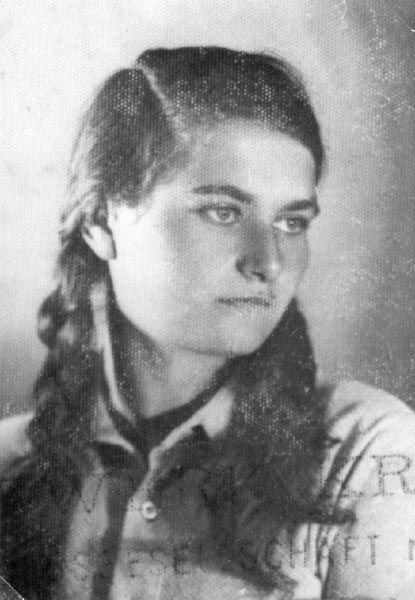
Other Jewish Female Resistance Activities
Because of their gender and ability to camouflage their Jewishness, women were uniquely suited to engage in important and life-threatening tasks such as couriers. As fighter Chaika Grossman said, “The Jewish girls were the nerve-centers of the movement.”[9]

Historian Emanuel Ringelblum, a Warsaw ghetto chronicler, wrote about the Jewish courier girls at the time:
“Without a murmur, without a second’s hesitation, they accept and carry out the most dangerous missions…How many times have they looked death in the eyes?…The story of the Jewish woman will be a glorious page in the history of Jewry during the present war.”[10]
The courier girls’ psychological skills were especially important in the most dangerous task of smuggling weapons and ammunition to ghettos and camps. For example, Jewish courier Bronka Klibanski was smuggling a revolver and two hand grenades inside a loaf of country bread in her suitcase. A German policeman at the train station asked her what she was carrying. She managed to avoid having to open her bag by “confessing” that she was smuggling food. Klibanski’s “honest confession” evoked a protective response from the policeman, who instructed the train conductor to make sure no one bothered her or her suitcase.[11]
Jewish courier Hela Schüpper, who was sent to Warsaw to buy guns, knew she would be spending 20 hours undercover on trains. She dressed stylishly so that she looked like she was on her way to an afternoon at the theater. Schüpper flirted shamelessly on the train, flashing her provocative smile, giving the impression that she might be going on a vacation. Instead, she met a People’s Army contact at the gate of a clinic. Schüpper received five weapons, four pounds of explosives, and clips of cartridges. These weapons were later used against German forces.[12]
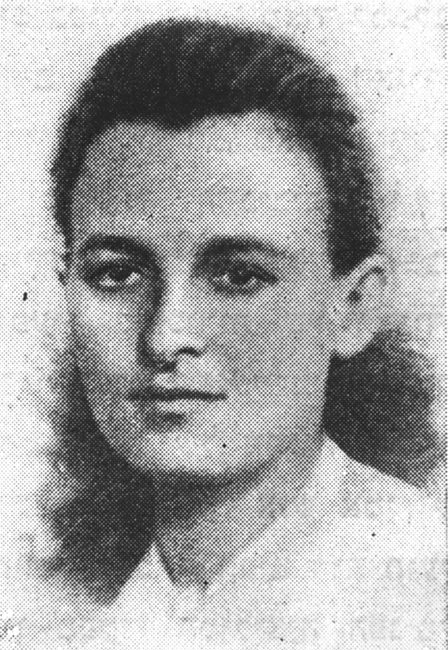
Jewish courier Chasia Bielicka worked with 18 other Jewish girls in Bialystok to arm the local resistance. They leased rooms from Polish peasants and held day jobs in German homes, hotels and restaurants. While working as a maid for an SS man who had an armoire filled with handguns, Bielicka periodically grabbed a few bullets and dropped them into her coat pocket. The courier girls passed machine-gun bullets and other ammo to the ghetto through the window of a latrine that bordered the ghetto wall. This courier ring continued to supply intelligence and arms to numerous partisans after the Bialystok ghetto’s liquidation.[13]
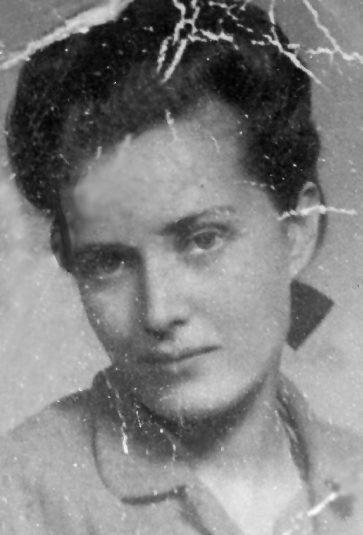
Soviet Jewish Partisans
Partisan warfare has traditionally been considered illegal, since it undermines the convention of uniformed armies directing violence against each other rather than against civilian populations. Soviet partisan warfare was extremely brutal and capable of severely disrupting German military planning. Because German forces were always limited and always in demand at the front, German military and civilian authorities were all the more fearful of the disruption partisans could bring. Consequently, German army officers were trained to take a severe line against partisan activity in the Soviet Union.[14]
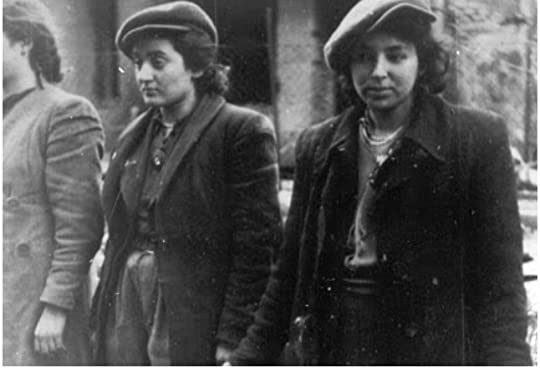
The combat of Soviet partisans in forests and swamps was regarded by German troops as the most dangerous of all types of warfare—favoring the hunted rather than the hunter. The partisans almost always killed captured German soldiers, frequently after inflicting brutal torture. The German anti-partisan forces operated in an extremely unpleasant environment that made the German units resent the partisans whose activities had caused them to be there. In summer huge swarms of flies and mosquitos made life miserable; in winter frostbite and trench foot were rampant.[15]
Letters from German soldiers reveal the danger of partisan warfare. A letter from German Cpl. Hans Brüning illustrates how the wooded areas of the Soviet Union were especially effective locations for partisan warfare:
[The forests are teeming with danger.] Any snipers who fall into our hands are of course shot; their bodies lie everywhere. Sadly, though, many of our own comrades have been lost to their dirty methods. We’re losing more men to the bandits than in the fighting itself.
Hardly any sleep to be had. We’re awake and alert almost every night; you have to be in case they attack suddenly. If the sentry drops his guard just once it could be over for all of us. Traveling alone is out of the question.[16]
German Cpl. Erich Stahl wrote: “These are dangerous swine, and no soldier is safe from them. The danger is there wherever you go and wherever you stay…and you only breathe out when you’ve come back from your post unhurt…If the moon’s not out, you stay awake at your post like an ox.”[17]
German Pvt. Hans Schröder described how Soviet partisan activity killed two Germans on June 19, 1942: “Two of our comrades in first company tragically lost their lives…Though we kept watch, a partisan still was able to creep up to one of our houses. A grenade chucked in through the window, and it was done…We took revenge straight away, and rightly. I used to think one should act humanely, but this subhumanity just isn’t worth it.”[18]
Germany established numerous ghettos in an effort to contain or eliminate Soviet partisan activities. In Belorussia alone, hundreds of thousands of Jews were imprisoned in more than 100 ghettos and camps. The largest ghetto was in Minsk (100,000 people); other ghettos were in Brest (34,000 people), Bobruisk (20,000 people), Vitebsk (20,000 people), Borisov (10,000 people), Slonim (24,000 people), Novogrodek (6,500 people) and so on.[19]
Specifically Jewish partisan units were usually frowned upon. The Soviet command preferred to mix nationalities in so-called territorial (e.g., Belorussian, Ukrainian, etc.) units. However, a few entirely Jewish units nevertheless survived. These include those of the brothers Tuvia, Zusia, and Asael Belski in the Naliboki forests; the unit of Misha Gildenman near Korzec in western Belorussia; Dr. Yehezkel Atlas’s unit in the same general area; and the large unit commanded by Abba Kovner in the Rudniki forests in Lithuania.[20]
Soviet partisan warfare against Germany became increasingly barbaric and murderous. In February 1943, 596 German prisoners were killed and many of them mutilated by Soviet partisans at Grischino. A German judge who interrogated witnesses and survivors of this atrocity remembers: “You have no idea how much trouble the commanders and company chiefs had…to restrain the German soldiers from killing every Russian prisoner of war of the Popov Army. The troop was very bitter and angry. You cannot imagine the vehemence of the soldiers after they had seen what had happened.”[21]
German anti-partisan activity resulted in a horrific loss of civilian and partisan lives as well as the destruction of many Russian villages. However, the Soviet partisans’ sabotage operations effectively tied up increasing numbers of German troops and prevented the Germans from ever feeling secure on Russian soil. By the time the bulk of Russian territory had been liberated in early 1944, a large and effective Soviet guerilla movement had emerged. Stalin’s support had allowed the Soviet partisans to survive the German anti-partisan reprisals and grow into an effective fighting force that helped the Soviet Union win the war.[22]
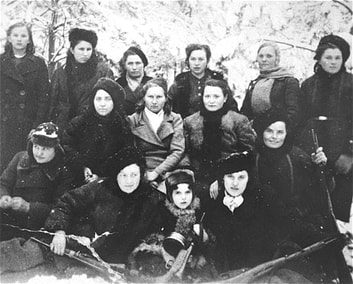
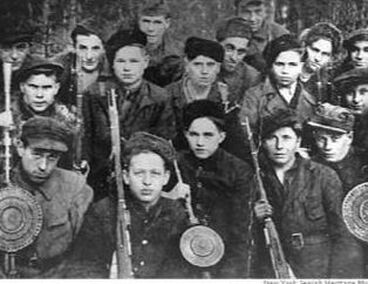
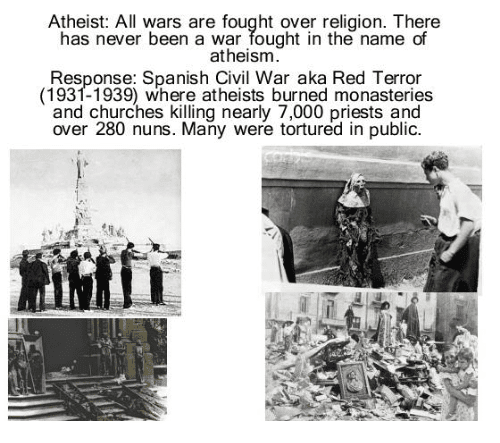
European Jewish Partisans
Jews actively participated in the anti-German underground movement in France. After Germany attacked Russia in June 1941, French Jewish communists discovered their anti-German patriotism. Numerous French Jews joined underground resistance organizations, or Jewish groups that actively maintained links with such organizations.[23]
French resistance activity began to increase toward the end of the war. Since Allied leaders planned to invade Europe on the coast of France, French partisans received substantial weaponry and supplies to aid the Allied invasion. By June 6, 1944, French partisans had received enough arms through airdrops to fully equip 20,000 resisters, and partially equip another 50,000. Large stocks of guns, ammunition and explosives were in the hands of the partisans for a do-or-die effort to assist the Allied invasion.[24]
Italian partisan activity also assumed impressive proportions in the northern part of Italy after Mussolini’s collapse in 1943. However, this Italian partisan activity, which included many Jews, developed at a time and place where the Germans were well positioned to contest its growth. In March 1944, for example, a partisan attack on a German column marching through Rome caused many German casualties. The Germans shot 335 hostages in a nearby abandoned quarry—the so-called Fosse Ardeatine—in a massacre that still provokes heated debates today.[25]
Germans were confronted by armed resistance groups in at least 24 ghettoes in western and central Poland: Warsaw, Krakow, Czestochowa, Wlodawa, Sosnowice, Tomaszow Lubelski, Kielce, Iwaniska, Chmielnik, Sandomierz, Jozefow, Opatow, Kalwaria, Ozialoszica, Markuszew, Rzeszow, Miedzyrzec Podlaski, Opoczno, Tarnow, Pilica, Radom, Radzyn, Sokolow Podlaski, and Zelechow. In northeastern Poland, there were 63 armed underground groups in 110 ghettoes or other Jewish concentrations. The existence of some form of organization is also indicated by armed actions in another 30 ghettoes.[26]

In August 1944, an estimated 2,500 Jewish fighters participated in a national uprising in Slovakia. After the defeat of this uprising, some 2,000 Jewish fighters joined 15,000 partisans in the Tatra mountains. Jews participated in underground activities in Bulgaria, in the Greek partisan movement, and about 6,000 Jews also fought with the Tito partisans in Yugoslavia.[27]
German anti-partisan reprisals were usually effective in reducing partisan activity in Western Europe during the war. German reprisals against partisan activity frequently prevented opposition from surfacing over much of occupied Europe, and broke up opposition when it became visible. There were few places in Western Europe where the Germans were overwhelmed by partisan activities for very long. Only in the Soviet Union did German anti-partisan reprisals fail.[28]
Conclusion
Judy Batalion writes concerning the extensive involvement of Jewish women in resistance efforts against Germany during World War II:
Despite years of Jewish education, I’d never read accounts like these, astonishing in their details of the quotidian and extraordinary work of woman’s combat. I had no idea how many Jewish women were involved in the resistance effort, nor to what degree…[29] Why, I kept asking myself, had I never heard these stories? Why had I not heard about the hundreds, even thousands, of Jewish women who were involved in every aspect of this rebellion, often at its helm?[30]
It is this author’s opinion that Judy Batalion had never heard of the extensive involvement of Jewish women in resistance efforts against Germany because such involvement has intentionally been kept quiet. If the extensive murderous female participation in these resistance organizations was widely known, then people would understand why Hitler interned Jews in camps and ghettos. Jews were not interned because Hitler hated Jews. Rather, Jews were interned in camps and ghettoes because Jewish civilians, both male and female, posed a serious threat to German military operations during World War II.
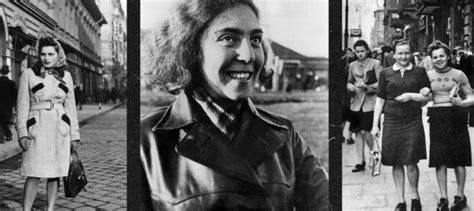
EndNotes:
[1] https://rumble.com/vmcalv-critically-thinking-with-dr.-m-and-dr.-n-episode-61-sept-9-2021.html. Critically thinking Northrup Madej September 2021.
[2] Bauer, Yehuda, A History of the Holocaust, New York: Franklin Watts, 1982, p. 153.
[3] Batalion, Judy, The Light of Days: The Untold Story of Women Resistance Fighters in Hitler’s Ghettos, New York: Harper Collins Publishers, 2020, p. 5.
[4] Ibid., p. 4.
[5] Ibid., p. 219.
[6] Ibid.
[7] Ibid., p. 220.
[8] Ibid., p. 161.
[9] Ibid., p. 8.
[10] Ibid.
[11] Ibid., pp. 226-227.
[12] Ibid., pp. 227-228.
[13] Ibid., p. 229.
[14] Snyder, Timothy, Bloodlands: Europe Between Hitler and Stalin, New York: Basic Books, 2010, pp. 233-234.
[15] MacLean, French L., The Cruel Hunters: SS-Sonderkommando Dirlewanger Hitler’s Most Notorious Anti-Partisan Unit, Atglen, Pa.: Schiffer Military History, 1998, pp. 69-70.
[16] Shepherd, Ben, War in the Wild East: The German Army and Soviet Partisans, Cambridge, Mass. and London: Harvard University Press, 2004, pp. 77-78.
[17] Ibid., pp. 188-189.
[18] Ibid., p. 189.
[19] Kagan, Jack and Cohen, Dov, Surviving the Holocaust with the Russian Jewish Partisans, Portland, Ore.: Vallentine Mitchell, 1998, p. xi.
[20] Bauer, Yehuda, A History of the Holocaust, New York: Franklin Watts, 1982, p. 271.
[21] De Zayas, Alfred M., The Wehrmacht War Crimes Bureau, 1939-1945, Lincoln, Neb.: University of Nebraska Press, 1989, p. 106.
[22] Mazower, Mark, Hitler’s Empire: How the Nazis Ruled Europe, New York: The Penguin Press, 2008, pp. 490-491.
[23] Bauer, Yehuda, A History of the Holocaust, New York: Franklin Watts, 1982, p. 275.
[24] Lande, D. A., Resistance!: Occupied Europe and Its Defiance of Hitler, Osceola, Wis.: MBI Publishing Company, 2000, pp. 154-155.
[25] Mazower, Mark, Hitler’s Empire: How the Nazis Ruled Europe, New York: The Penguin Press, 2008, p. 500.
[26] Bauer, Yehuda, A History of the Holocaust, New York: Franklin Watts, 1982, p. 270.
[27] Ibid., p. 272.
[28] Mazower, Mark, Hitler’s Empire: How the Nazis Ruled Europe, New York: The Penguin Press, 2008, pp. 485, 516.
[29] Batalion, Judy, The Light of Days: The Untold Story of Women Resistance Fighters in Hitler’s Ghettos, New York: Harper Collins Publishers, 2020, p. 3.
[30] Ibid., p. 7.
